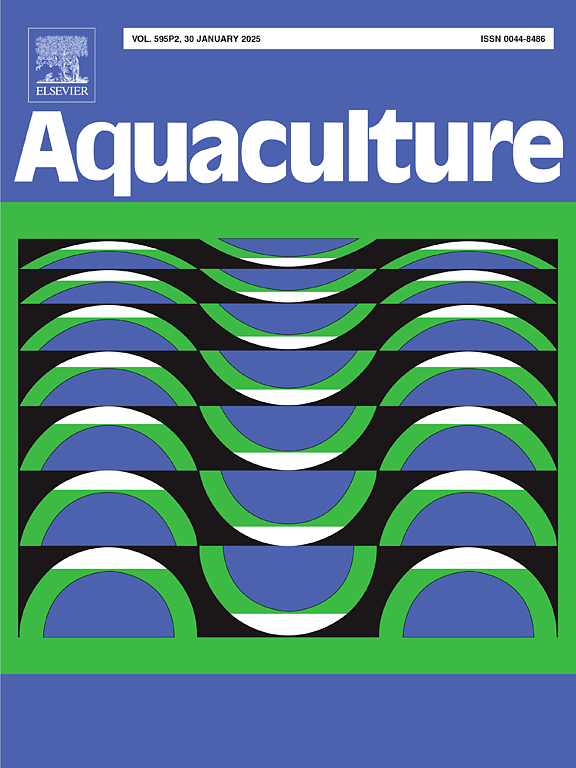Multi-beam sonars for monitoring the distribution and welfare of fish reared in sea cages - strengths and challenges
IF 3.9
1区 农林科学
Q1 FISHERIES
引用次数: 0
Abstract
Fish position themselves in sea cages based on internal and external clues, and their spatial distribution can be used to assess fish welfare. However, monitoring the spatial distribution of fish in commercial cages is challenging due to the large amount of fish and size of such cages. Recently, a monitoring methodology using a multi-beam sonar was tested at commercial scale cages for Atlantic salmon, and used to visualize the fish distribution in almost the entire cage volume. In the present study, this methodology was applied to monitor their distribution in a commercial cage for 24 h at a density considered normal to high in commercial production. In this study, we compared fish distribution monitored by the multi-beam sonar with expected behavioural patterns and evaluated whether the use of the multi-beam sonar brought new information in comparison to the use of underwater cameras. Strong shadowing effects were present in 40 % of the collected sonar data files, but the multi-beam sonar was able to detect fish in the entire sea cage in 51 % of the files. While the camera data showed that fish densities were “high” at all monitored locations, the sonar data revealed some clusters of higher fish densities at various locations of the cage, and showed that fish distribution was never truly uniform. In conclusion, the multi-beam sonars can bring more representative and high-resolution information of the fish distribution compared to underwater cameras, which can improve fish welfare assessment based on their spatial distribution.
求助全文
约1分钟内获得全文
求助全文
来源期刊

Aquaculture
农林科学-海洋与淡水生物学
CiteScore
8.60
自引率
17.80%
发文量
1246
审稿时长
56 days
期刊介绍:
Aquaculture is an international journal for the exploration, improvement and management of all freshwater and marine food resources. It publishes novel and innovative research of world-wide interest on farming of aquatic organisms, which includes finfish, mollusks, crustaceans and aquatic plants for human consumption. Research on ornamentals is not a focus of the Journal. Aquaculture only publishes papers with a clear relevance to improving aquaculture practices or a potential application.
 求助内容:
求助内容: 应助结果提醒方式:
应助结果提醒方式:


